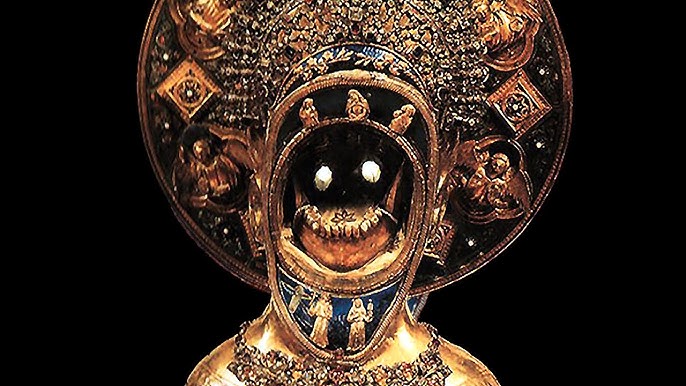
""During the Middle Ages, relics were in high demand, and there were always people willing to supply them. It's often joked that, if you gathered all the alleged fragments of the true cross, you'd have enough wood to build a small ship.""
""As with any religious relics, you have to decide for yourself what to believe about all of these. If you pay a visit to the Basilica of St. Anthony in Padua, you'll see on display the preserved jaw of that holy figure - which does, at least, look like a real human jaw.""
The article explores how Christian relics often embody gruesome aspects of faith, such as blood and severed heads, contrasting with more sanitized celebrations like Christmas and Easter. It specifically mentions notable artifacts, like the Shroud of Turin, which is the cloth associated with Jesus Christ's crucifixion. The popularity of relics in the Middle Ages led to a plethora of claimed remnants, such as the purported skull of Mary Magdalene and various remains of John the Baptist, prompting readers to question their authenticity while reflecting on the historical significance of these items.
Read at Open Culture
Unable to calculate read time
Collection
[
|
...
]